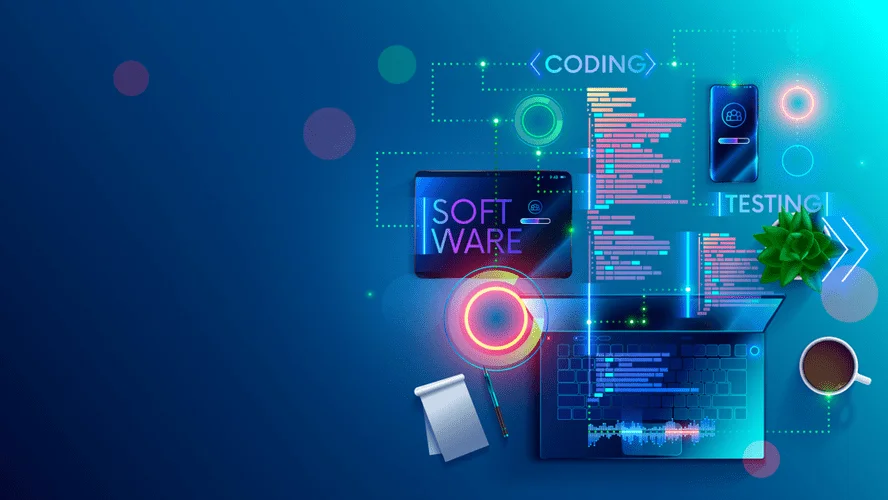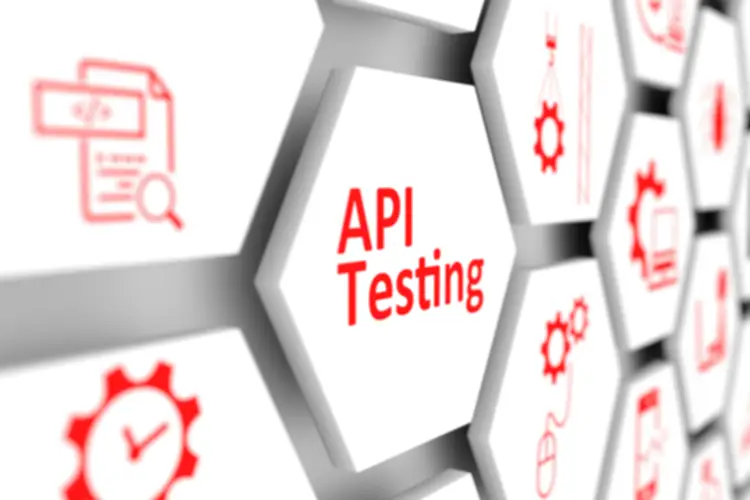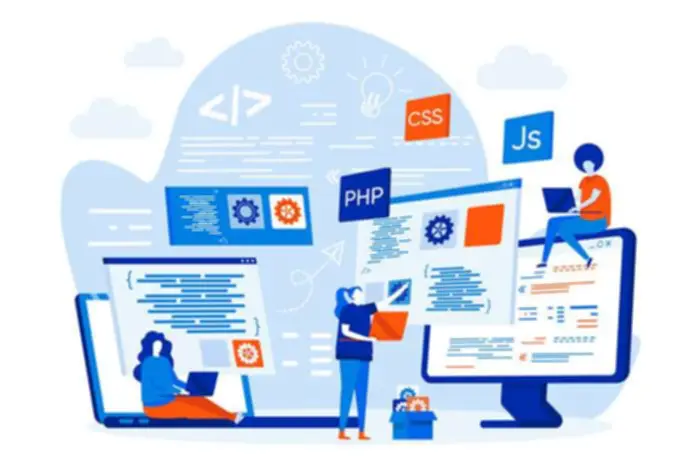Too often, teams get slowed down in detailed planning throughout refinement, which finally ends up in too wasteful planning when priorities change. Dash Planning is the best time to nail down the small print backlog refinement techniques of how you’ll execute. Prioritization during a backlog refinement session should focus on the value each merchandise brings to the shopper, the trouble concerned, and its urgency. Techniques like MoSCoW (Must have, Should have, Could have, Won’t have this time) or weighted scoring could be efficient in determining which items have to be addressed first. A great approach to keep away from this is involving some members of the Growth Group in backlog refinement.
The Event Team‘s role is to convey their technical expertise to the table. They work closely with the Product Owner to completely understand the necessities of every backlog item, breaking bigger duties into smaller, actionable steps. Product backlogs are a key part in Agile methodology — and the backlog refinement process is an effective way to maintain them in shape. The Scrum Information does not give an in depth description of how exactly to undertake this task. It permits teams to choose how they make use of agile refinement techniques used in Product Backlog Refinement, and how typically.
Let’s acknowledge that and use the language Ken Schwaber and Jeff Sutherland have used in each edition of the Scrum Guide, product backlog refinement. Instead, it’s an ongoing exercise accomplished all through the sprint similar to the activity of building the product increment. So, when planning the dash, developers should allocate enough time within the upcoming sprint for product backlog refinement. The amount of time allocated will depend upon the state of the product backlog. In the early days, developers will doubtless must dedicate lots of time for refinement.
Backlog refinement is an ongoing course of that happens https://www.globalcloudteam.com/ throughout the project lifecycle. Backlog refinement frequency and length can differ depending on the project’s complexity and group needs. A good rule of thumb is to dedicate 5-10% of dash time to refinement—around 2-4 hours in a two-week dash. The product backlog serves as a dynamic and prioritized listing of features, enhancements, bug fixes, and different deliverables required to achieve the product vision.
But don’t simply take our word for it — try monday dev for 2 weeks to discover its backlog administration features and extra before committing. Constructed on monday.com WorkOS, monday dev lets you create workflows that fit your team’s needs. Whether Or Not you’re utilizing Agile, Scrum, or one thing customized, you may have the flexibleness to design your personal processes and monitor your product backlog.
Collaborate With Stakeholders
Refinement is outlined within the Scrum Information as an “ongoing exercise to add details, such as description, order, and dimension.” Even though this definition is straightforward, it could possibly trigger a great quantity of confusion. The Oxford Dictionary defines “refinement” as the improvement or clarification of something by the making of small changes. This backlog refinement guide will teach you the steps and best practices you’ll have to successfully refine your backlog and make it one thing you’re pleased with. The resulting graph offers insights that allow the Scrum Group to remove dependencies.
Put Together Backlog Items In Advance
Study to identify and stop characteristic creep, while discovering effective methods to keep your improvement process clear and user-focused. If you’re dedicated to sharpening your skills and embracing a profitable profession in product administration, our Product Supervisor Certification (PMC)™ by Product School is your subsequent step. Make positive to debate any updates to the Product Backlog when it comes to what was added, what was eliminated, what was re-ordered, and what was realized. This ensures that everybody is on the identical web page when it comes to what’s developing subsequent and the overall direction we are heading in based on the Product Goals, roadmap, and suggestions.

The group creates a definition of “ready” to assist set a standard understanding of the sort of refinement needed for a person story before taking it on in a Dash. The key here is to make use of it as a driver for the refinement dialog and never use it as a gate check. By maintaining issues on monitor, the Scrum Master helps ensure the staff is all the time prepared for the following dash.
During a backlog refinement meeting, they impart the imaginative and prescient and targets for each merchandise, ensuring they align with the general project objectives. Backlog refinement classes give the event group and product owner a chance to debate the details of every user story. They help clarify the scope, requirements, and potential blockers so everyone knows precisely what’s anticipated before the dash begins. Detailed requirements are crucial for correct effort estimation and successful implementation.
The Scrum Information defines product backlog refinement because the act of breaking down and additional defining product backlog objects into smaller extra precise objects. This is an ongoing exercise to add details, such as an outline, order, and size. The Development Team contributes technical insights and suggestions in the course of the backlog refinement session. They assist break down giant or advanced duties into smaller, manageable components and provide estimates of the effort required for every merchandise. Their involvement ensures that backlog gadgets are realistic and feasible from a technical standpoint.
- Regularly scheduling backlog refinement sessions ensures that the backlog remains current and actionable.
- This gives the Product Backlog a stage of transparency that reduces the chance.
- Although you ought to still hear “backlog grooming” used, agile backlog refinement appears to be the business commonplace.
- Combining these tools can cut back manual effort and enhance general efficiency in backlog management.
- In Agile methodologies, the Product Proprietor is typically in command of the backlog.
A gamified estimation method the place every team member “bets” on how much effort every merchandise will take, resulting in a consensus-based estimate. If you might be refining Product Backlog Gadgets that will be worked on by the Growth Staff several months upfront, stop. Requirements are sometimes one of the most unstable aspects of software program development. It may be very troublesome to accurately capture a buyer requirement whatever the format you’re using or the amount of effort you put into it.
By constantly refining and prioritizing backlog gadgets, the staff ensures that the most useful and pressing tasks are addressed first. The primary aim of a product backlog session is to ensure that the backlog is well-organized, prioritized, and prepared for future development efforts. During these classes, backlog gadgets are reviewed and up to date to mirror the most recent project requirements, stakeholder feedback, and market circumstances.
With a native Estimation app, plenty of Agile templates, and seamless integrations with Jira and Azure DevOps, Miro makes managing the backlog refinement process LSTM Models easier than ever. Teams can collaborate in actual time no matter their location, making refinement periods more environment friendly and engaging. Common backlog refinement helps be sure that there’s at all times a gentle stream of well-defined duties able to go. This keeps the staff moving without unnecessary delays or downtime between sprints. Estimating the effort required for each backlog merchandise helps in planning and useful resource allocation. The Event Staff offers estimates based mostly on their technical data and understanding of the item’s complexity.

In some circumstances, relevant stakeholders and business analysts may also participate. Every function contributes to refining backlog items, providing insights, and ensuring that the backlog aligns with project aims. Efficient prioritization ensures that the group focuses on delivering high-impact features and meeting key goals. Backlog refinement conferences are essential for keeping the product backlog well-organized and actionable.

Product Backlog Refinement is a pivotal follow in Scrum that ensures the product backlog remains dynamic, relevant, and actionable. By continuously reviewing and adjusting backlog objects, teams can keep a transparent and prioritized listing that aligns with project goals and stakeholder needs. Efficient refinement enhances sprint planning, reduces ambiguity, and allows groups to adapt to changing requirements efficiently. Product Backlog Refinement is the ongoing strategy of reviewing, updating, and prioritizing items within the product backlog. The objective is to guarantee that backlog items are well-defined, prioritized, and ready for future sprints. This follow helps groups align backlog items with project objectives and stakeholder needs, making dash planning extra environment friendly.

